How to Email Admissions Offices:...
If you're unsure how to email admissions offices, you're not alone. This blog explains when to reach out,...
| Refresh | This website admissionsight.com/math-science/ is currently offline. Cloudflare's Always Online™ shows a snapshot of this web page from the Internet Archive's Wayback Machine. To check for the live version, click Refresh. |
At AdmissionSight, we guide our students on how to prepare to compete in prestigious math and science competitions to improve their academic standing to college admissions officers. These competitions are extremely competitive, and understanding how to both prepare and compete at the regional and national level is imperative if you want to stand out as a strong STEM student. There are literally thousands of very strong STEM students every year, and getting top scores and grades in your AP curriculum is simply not enough if you want to compete against the country’s best and brightest.
Here you can find a small sample of competitions our students have competed in:

The MAA’s American Mathematics Competitions program leads the nation in strengthening the mathematical capabilities of the next generation of problem-solvers. Through classroom resources and friendly competition, the MAA AMC program helps America’s educators identify talent and foster a love of mathematics. The MAA AMC program positively impacts the analytical skills needed for future careers in an innovative society. You may access a series of AMC and AIME sample contests through the Art of Problem Solving.
The American Regions Mathematics League’s annual competition brings together the nation’s finest students. They meet, compete against, and socialize with one another, forming friendships and sharpening their mathematical skills. Since its inception in 1976, ARML has snowballed, burgeoned, and mushroomed into a national program, involving almost 2000 students and teachers from almost every state. Simply put, ARML is the World Series of mathematics competitions. The contest is written for high school students, although some exceptional junior high students attend each year.

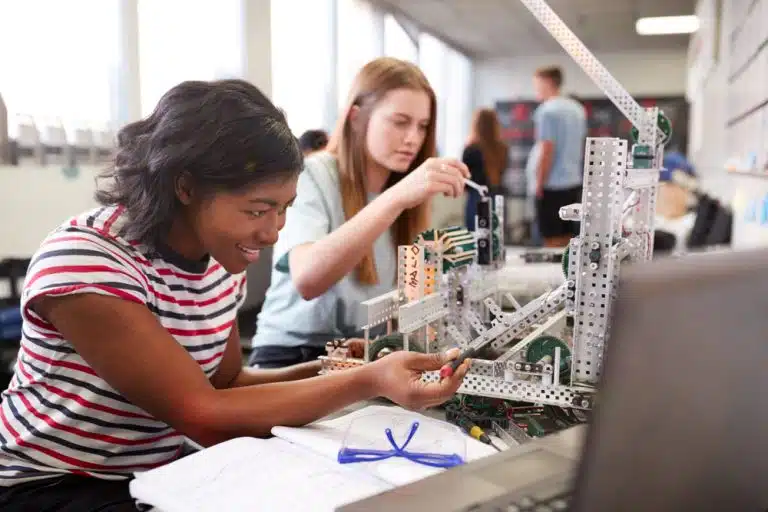
Every year, tens of millions of students participate in science fairs around the globe but only about 1,800 earn the right to compete for nearly $5 million awards bestowed each May at the Regeneron International Science and Engineering Fair (ISEF).
Started in 1942 as the Westinghouse Science Talent Search, the Regeneron Science Talent Search (Regeneron STS) recognizes and empowers our nation’s most promising young scientists who are developing ideas that could solve society’s most urgent challenges.


Founded in 1984, Science Olympiad is one of the premier science competitions in the nation, providing rigorous, standards-based challenges to nearly 8,000 teams in all 50 states. We host 450 tournaments annually on college campuses and hold professional development workshops that showcase innovative science, technology, engineering and math (STEM).
The International Physics Olympiad (IPhO) is the most prestigious international physics competition for secondary school students. The main aim of IPhO is to test the highest level of knowledge, critical thinking, problem solving, right practices of presentation and analysis, and hands-on skills in theoretical and experimental physics. The IPhO is organized annually in different countries as 9-10-days competition wherein national teams comprising maximum of five of their best physics students and two team leaders participate.


Project-based, hands-on FIRST programs introduce students to coding, programming, and engineering in an inclusive, creative, and hopeful environment where students work collaboratively to solve a yearly robotics challenge. Explore K-12 programs designed to inspire innovation and help young people build a better future.
Google Science Fair challenged teens from around the world to solve a problem they care about using science, technology, engineering, and math. Out of thousands of impressive ideas, the final winners will be selected for their innovative research in math and science.

There is a moment in the life of any aspiring astronomer that it is time to buy that first telescope.

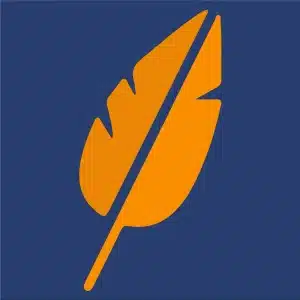 AdmissionSight
AdmissionSight If you're unsure how to email admissions offices, you're not alone. This blog explains when to reach out,...
August 9, 2025

 AdmissionSight
AdmissionSight Have you ever wanted to fully immerse yourself in research, exploring a topic you’re genuinely passionate about? The...
August 9, 2025

 AdmissionSight
AdmissionSight Brown likely letter signals you’re an exceptional applicant and puts you on track for an admission. Read on...
August 8, 2025

 AdmissionSight
AdmissionSight The Cornell waitlist acceptance rate has ranged from 0.4% to over 6% in recent years. This guide covers...
August 8, 2025

 AdmissionSight
AdmissionSight Discover the fascinating insights into the size of the Cornell freshman class and gain a deeper understanding of...
August 8, 2025

 AdmissionSight
AdmissionSight Is 860 a good SAT score? Realistically, an 860 SAT score falls below the national average of 1050....
August 8, 2025
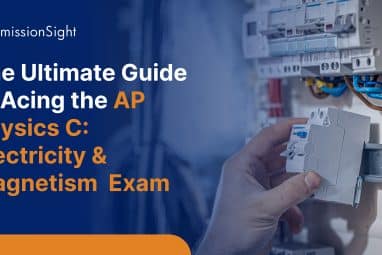
 AdmissionSight
AdmissionSight Scoring high on the AP Physics C: Electricity and Magnetism (E&M) Exam isn’t rare. In 2024, 35.2% of...
August 8, 2025

 AdmissionSight
AdmissionSight Interested in 3D animation, health science, culinary arts, or another career path? What if you could start working...
August 7, 2025

 AdmissionSight
AdmissionSight Trying to choose between Harvard and Williams? This blog breaks down acceptance rates, academics, rankings, and cost so...
August 7, 2025
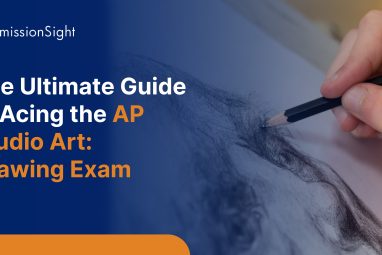
 AdmissionSight
AdmissionSight Being good at drawing helps, but it’s not the only thing that matters on the AP Drawing Exam....
August 6, 2025

 AdmissionSight
AdmissionSight Duke likely letters signal strong admission chances for top applicants. Learn what they mean, who gets them, and...
August 6, 2025
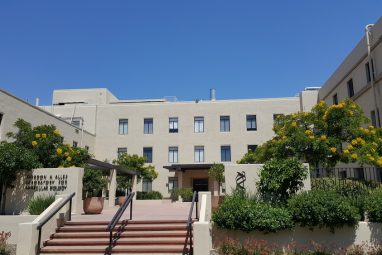
 AdmissionSight
AdmissionSight Discover the hidden significance behind the Caltech motto in this captivating article.
August 6, 2025

 AdmissionSight
AdmissionSight UPenn likely letters offer early recognition to applicants, signaling they’re highly likely to be admitted. Learn more about...
August 6, 2025

 AdmissionSight
AdmissionSight The University of Virginia (UVA) is often referred to as a “Public Ivy,” meaning it offers an education,...
August 5, 2025

 AdmissionSight
AdmissionSight Trying to decide between Harvard and the Naval Academy? This guide breaks down everything from acceptance rates to...
August 5, 2025